The Hitachi Construction Company Ltd is a global leader in manufacturing heavy equipment, primarily in the construction niche. The first Japanese mechanical excavator was designed and manufactured in 1970 by Hitachi and today, the company has set benchmarks in excavator productivity and reliability.
This post will go into the main areas of Hitachi excavator troubleshooting and Hitachi excavator fault codes, with a special focus on Hitachi excavator hydraulic problems.
If you have a fleet of Hitachi excavator construction equipment, it is essential that you have the Jaltest Hitachi excavator fault code list software to clear your equipment of any malfunction. When any fault codes pop up in the onboard computer, simply connect our software to it and get detailed technical and maintenance information in real time about the health of the excavator and where the fault is located.

You will also be guided on how to clear the fault codes so that your excavator is back on the job without prolonged downtime. The fault code may also be termed as Hitachi excavator trouble code (DTC or Diagnostic Trouble Code).
Now, let us understand the fundamentals of hydraulic systems before going further into the intricacies of Hitachi excavator hydraulic calibration. The hydraulics of an excavator are powered by fluid driven by various pumps. The hydraulic systems generate and transmit power through pressurized oil or hydraulic fluid and move the equipment by converting mechanical power into hydraulic power.
The flow and pressure of hydraulic pumps are sourced from fluid stored in a reservoir which moves through the hydraulic network, thereby operating cylinders, motors, and other hydraulic devices. So, what is Hitachi hydraulic system calibration?

Any hydraulic system is factory-calibrated to offer the best operating productivity under standard working conditions. However, when the set calibration goes out of parameters, the performance of the equipment will be affected giving rise to fault codes because of malfunctioning components and systems. It is here that the Jaltest Hitachi excavator troubleshooting tool will help you calibrate the hydraulic systems on the premises so that your equipment is back on the job in peak performance mode.
Click here to find how we can help you with Hitachi construction equipment.
Calibrating Hydraulic Systems and Troubleshooting Excavators From Hitachi
Hitachi Excavator Hydraulic Calibration
If you want to ensure peak performance from your Hitachi excavator, you must calibrate the hydraulic systems of your Hitachi excavator and adjust the settings and parameters. General values that need to be set for calibration are control response, flow rate of hydraulic fluids, and pressure.

You should use our Jaltest Hitachi excavator troubleshooting tool to modify and adjust the functions of the system so that you are assured of optimized output from your excavator, however challenging the terrain or the conditions might be. The work of calibrating hydraulic systems in Hitachi excavators involves setting key components such as solenoid valves, position sensors, and attachment controls. You can also adjust flow rates and pressure levels, and control valve timings and position sensor readings.
Hence, the goal of taking up Hitachi hydraulic system calibration is to get the most out of your equipment by adjusting settings to the manufacturer’s specifications. These together after calibration ensure that you get seamless movements and operations of the hydraulic functions of Hitachi excavators.
When you use the Jaltest software for Hitachi hydraulic system calibration, you will be guided in every step of the procedure. From detailed hydraulic system diagrams to precise settings for calibration, you get the best results every time.
Most importantly, our intuitive and user-friendly diagnostic menu will take you through the complete procedure of calibration for a wide range of components and systems. These include the position sensors that track the positions of the attachments, hydraulic cylinders, and steering controls. You can also calibrate the solenoid valves that control specific functions of the hydraulic systems such as bucket movements in Hitachi excavators.

While we have checked the fundamentals of calibrating hydraulic systems of Hitachi excavators, the point is why you should do so and the benefits that it brings to the table.
The main factor is that when you calibrate the excavator to factor settings or ones that match your specific needs, you improve efficiency as the precise settings result in fuel economy and greater productivity. Further, calibration lowers wear and tear on the hydraulic systems as they are fine-tuned to the right levels. This reduces the cost of frequent component repair or replacement.
Finally, and this is vital from the man-management angle, calibration assures driver safety as the response to the machine to controls is always predictable, consistent, and dependable.
Jaltest Software and Hitachi Excavator Troubleshooting
The Jaltest software helps to keep your Hitachi excavator consistently in peak operating mode by clearing fault codes whenever they arise. You can also pre-empt a Hitachi fault code for your excavator by taking preventive action. Both options are built into the Jaltest maintenance tool. Let us understand each of the actions separately in detail.
The Jaltest maintenance tool has an option for full system scans for construction equipment that you should carry out at fixed intervals. Once you connect the software laptop to the onboard computer, you will be prompted to select the equipment manufacturer, make, and model. Next, carry out a scan of all the systems in your Hitachi excavator. Any minor Hitachi fault code will be pointed out that can be cleared through the software before it becomes a full-blown issue.

This preventive measure ensures that your excavator is always on the job. While troubleshooting the Hitachi excavator, you might also come up against major issues like force regens or trouble codes with the hydraulic systems. In this case, too, our software will identify the problem and guide you through rectification processes. What helps is that you will have data in real-time as well as detailed wiring diagrams to pinpoint the exact location of the fault.
Let us check the Hitachi fault code troubleshooting and clearing with an example of Hitachi EX120 hydraulic problems.
The Hitachi EX120 Excavator is a powerful piece of heavy machinery widely used in a wide range of construction and industrial applications. One of the key features of this excavator is its powerful and technologically advanced hydraulic system.
However, like any other type of construction equipment, Hitachi EX120’s hydraulic problems do crop up. These include air in the system, overheating, hydraulic leaks due to worn seals, issues with the hydraulic pumps, and contaminated hydraulic fluid. Also common are potential problems with swing motors or travel motors. All these result in operational issues, reduced performance, and productivity.

There are several ways to diagnose Hitachi EX120 hydraulic problems. The most obvious is visual inspection where you check for fluid condition, leaks, and possible damage to connections and hoses. If fluid contamination is an issue, a sample should be sent to a lab for diagnosis before changing it.
You should also use the Jaltest software to monitor hydraulic pressure at various operating points to check for pressure inconsistencies or drops. The maintenance tool will guide you through the resolutions and ensure that your Hitachi EX120 hydraulic problems are resolved.
Read more about troubleshooting Hitachi excavators.
Hitachi Excavator Troubleshooting and Forced Regens
One of the most complex activities for troubleshooting Hitachi excavators is force regens on diesel-powered engines that are carried out to perfection by our Jaltest Hitachi construction equipment diagnostic software. Excavators are typically run on diesel power and hence, force regens is very necessary to keep the excavators on the job.
Force regens become essential when soot builds up in the diesel particulate filter and passive regens are unable to clear it. This leads to the engine seizing up and the excavator going into limp mode. Soot accumulation is very common in diesel engines that work in short spells such as excavators and do not run continuously like long-haul trucks and buses.

Through the Hitachi excavator fault codes list you will know if there is soot buildup and forced regen is required. When the specific fault code shows on the software laptop, you will be guided on how best to clear the soot. You will be given High to Very High choices depending on the extent of soot in the diesel particulate filter.
The software will take you through the forced regens activity. It typically requires the engine of the excavator to be run continuously for around 40 minutes at a specific engine rev as noted by the software. The rise in temperature of the exhaust gas burns off the soot and the excavator is soon back in working condition.
Summing Up
Whether it is Hitachi excavator troubleshooting or performing Hitachi hydraulic system calibration, depend on the Jaltest Hitachi excavator software to deliver optimized results. Our intuitive maintenance tool handholds you through the Hitachi excavator fault code list, reads and interprets it, and finally offers advanced cutting-edge and optimized solutions to clear the fault codes.
What helps is that you get maintenance and technical data in real-time as well as deep coverage of wiring diagrams of all systems and components of excavators. By following the diagrams, you can precisely locate the fault and implement resolutions that are no less than dealer-level servicing.
What sets our software apart from others in this niche is the ease of setting it up in the software laptop. There is no elaborate set up or configuration process to follow. Simply download the software, plug it into the onboard control port of the excavator and you are ready to diagnose fault codes.
Finally, we provide three updates to our software every year. This is to keep abreast of any technological innovations implemented in Hitachi excavators and to ensure that the our Hitachi excavator troubleshooting tool never becomes obsolete.
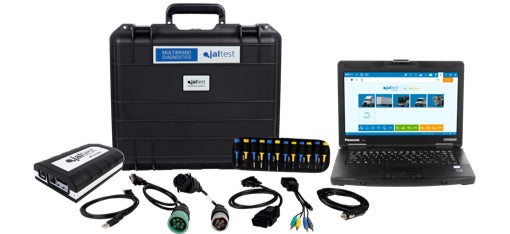
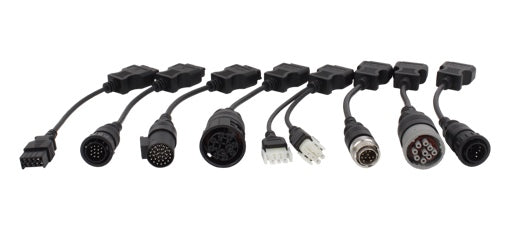

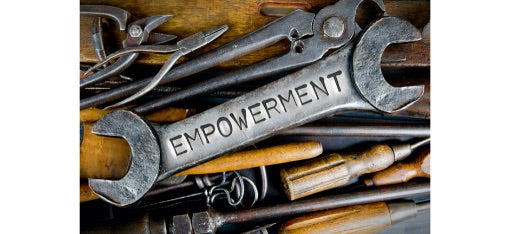

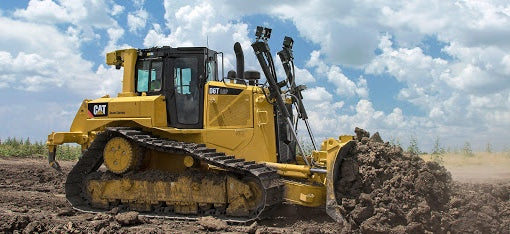
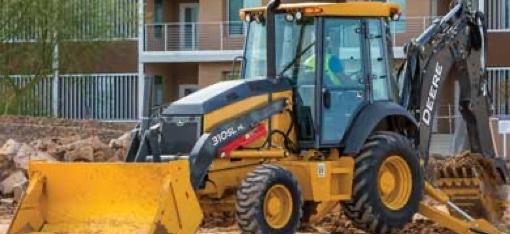
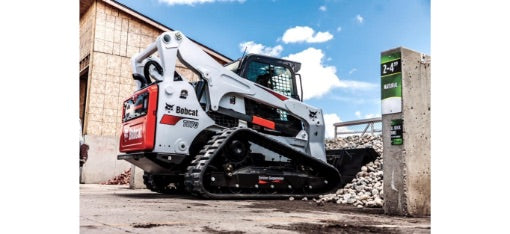
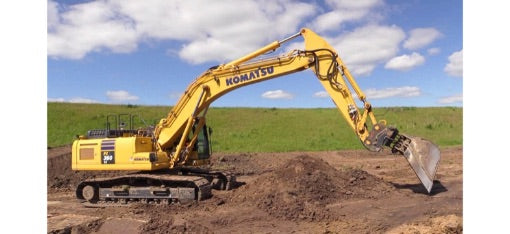









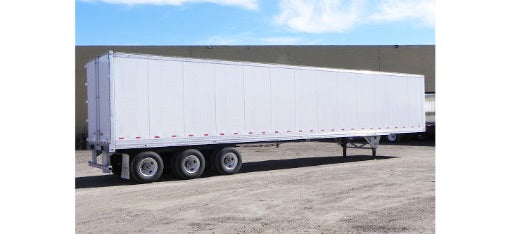
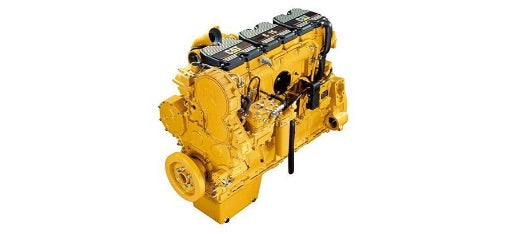
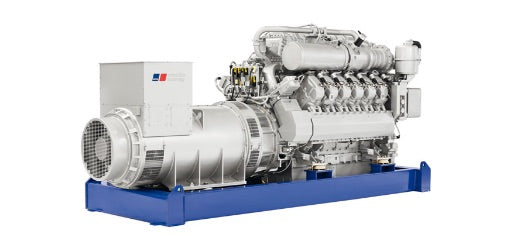


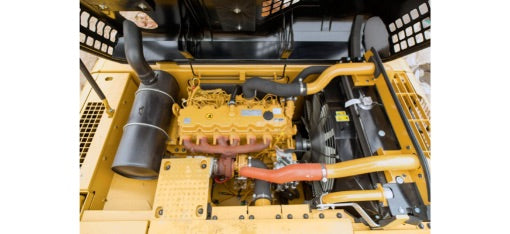
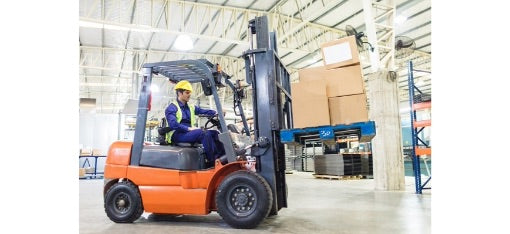
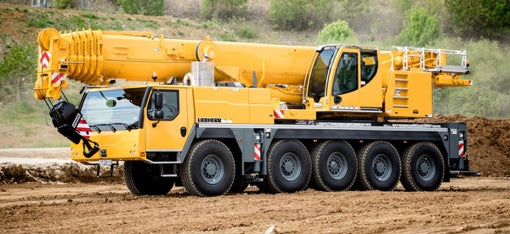
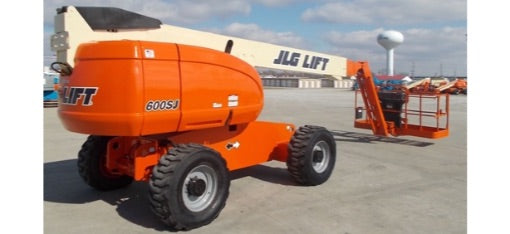
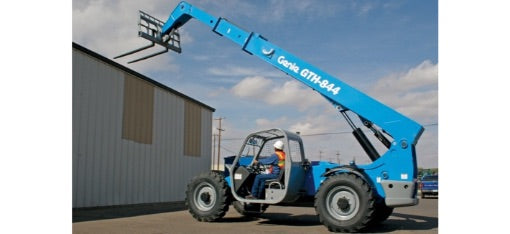


























Laissez un commentaire